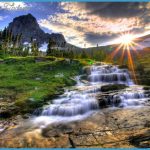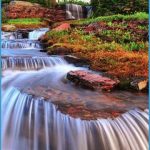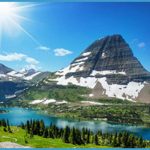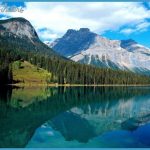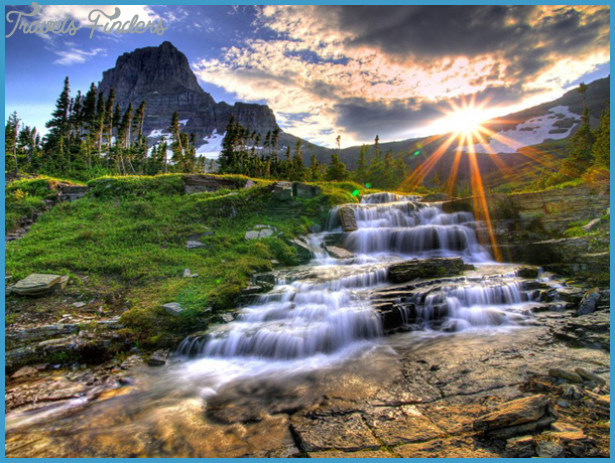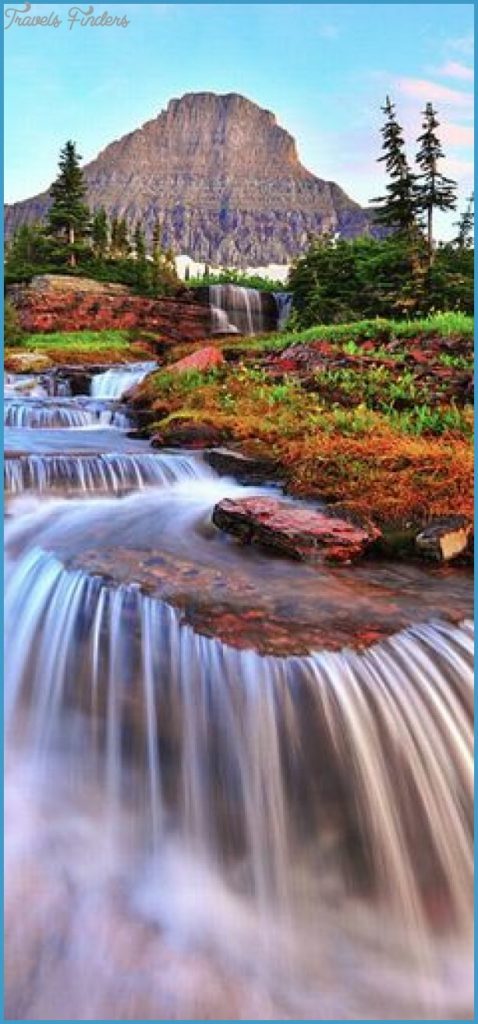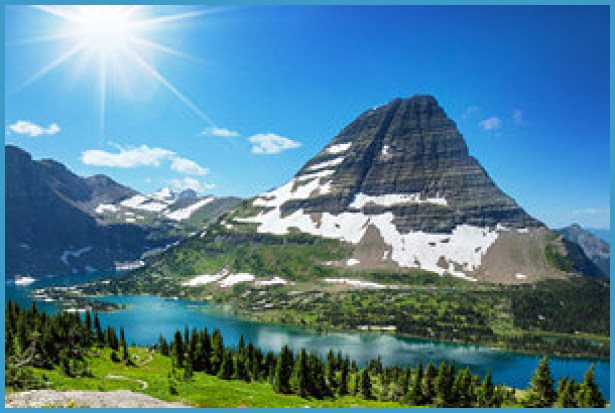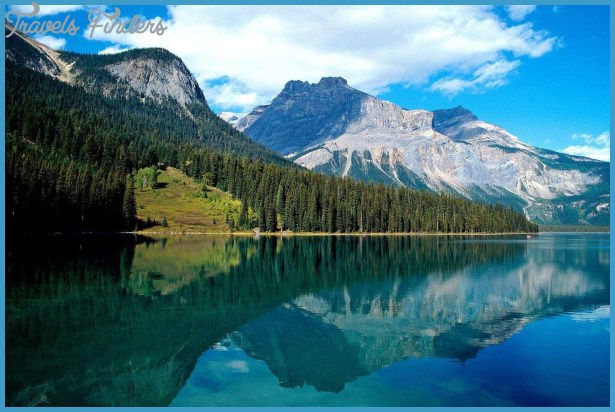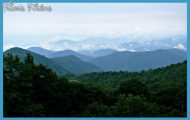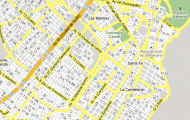Montana Dept of Transportation
DEEP SNOWS MAKE PLOWING THE BEARTOOTH HIGHWAY A LENGTHY CHORE IN MAY
If you want some weather certainty, plan your vacation between mid-June and late September. A typical summer day in much of Montana begins with blue skies in the morning, some afternoon clouds, an isolated thunderstorm or two around dusk, and then evening clearing. Even summer provides its challenges, though. Traffic can be heavy, with campers and motor homes clogging roads in the more tourist-oriented places.
An old joke is that there are two seasons in Montana: winter and road construction. Patience is a requirement, even in these wide-open spaces. Late-afternoon thunderstorms are common in the summer and can rapidly turn a dirt road into impassable gumbo. If you’re on a remote gravel road, you can easily get stuck. With its dry air, Montana’s 90-degree days become 45-degree nights. It’s no surprise that the most precipitous 24-hour temperature plunge in recorded US history 100 degrees took place in Montana in 1916, at Browning on the Blackfeet Indian Reservation. Nearly as dramatic was the 84-degree drop in 12 hours at Fairfield in 1924.
In the old days, Montana was so big, broad, and lightly trafficked that many highways didn’t require speed limits. Reasonable and proper was the rule. Today, all roads have speed limits, topped by the newly minted 80 mph signs on the three interstate highways. Two-lane rural state and county highways typically have a 60 to 70 mph speed limit. With these speeds and the monotonous countryside, be wary, especially at night. Drunk driving and fatigue-related fatalities are categories where Montana has the dubious distinction of high national rankings.
Once upon a time, watching your fuel gauge was critical in Montana because distances between towns are great and many stations close after dark. Paying at the pump with credit cards has improved this situation, but some of the roads featured in this book have 60, 70, 80, or more miles between stations. Luckily, Montana’s fuel costs typically are slightly below average compared to the rest of the country. Speaking of costs, Montana is one of five states that doesn’t charge a sales tax, so it’s a great place to buy that log bed or antler chandelier you’ve always wanted.
LIBBY HAS A PROUD BUT CHECKERED MINING AND LOGGING HISTORY FORESTS AND FREE SPIRITS The Yaak River Country LIBBY/REXFORD/YAAK/TROY estimated length: 175 miles estimated time: 5 hours to 2 days highlights: Forest fire lookouts, Kootenai Falls, Libby Dam, Lake Koocanusa, Yaak River Falls, Turner Mountai Ski Area
getting there: Take the St. Regis exit from I-90 and double back on MT 135 to a meeting with MT 200. At the junction of MT 200, go west and keep following the Clark Fork through Paradise and Plains to Thompson Falls, which is a great place for a meal or snack break (see Detour). Continue northwest through Belknap, Whitepine, Trout Creek, and Noxon to MT 56. Turn north toward Troy and Libby, passing the turnoff for the towering conifers at Ross Creek Cedars Scenic Area. From there, it’s 20 miles to US 2 and the beginning of Yaak River Country.

